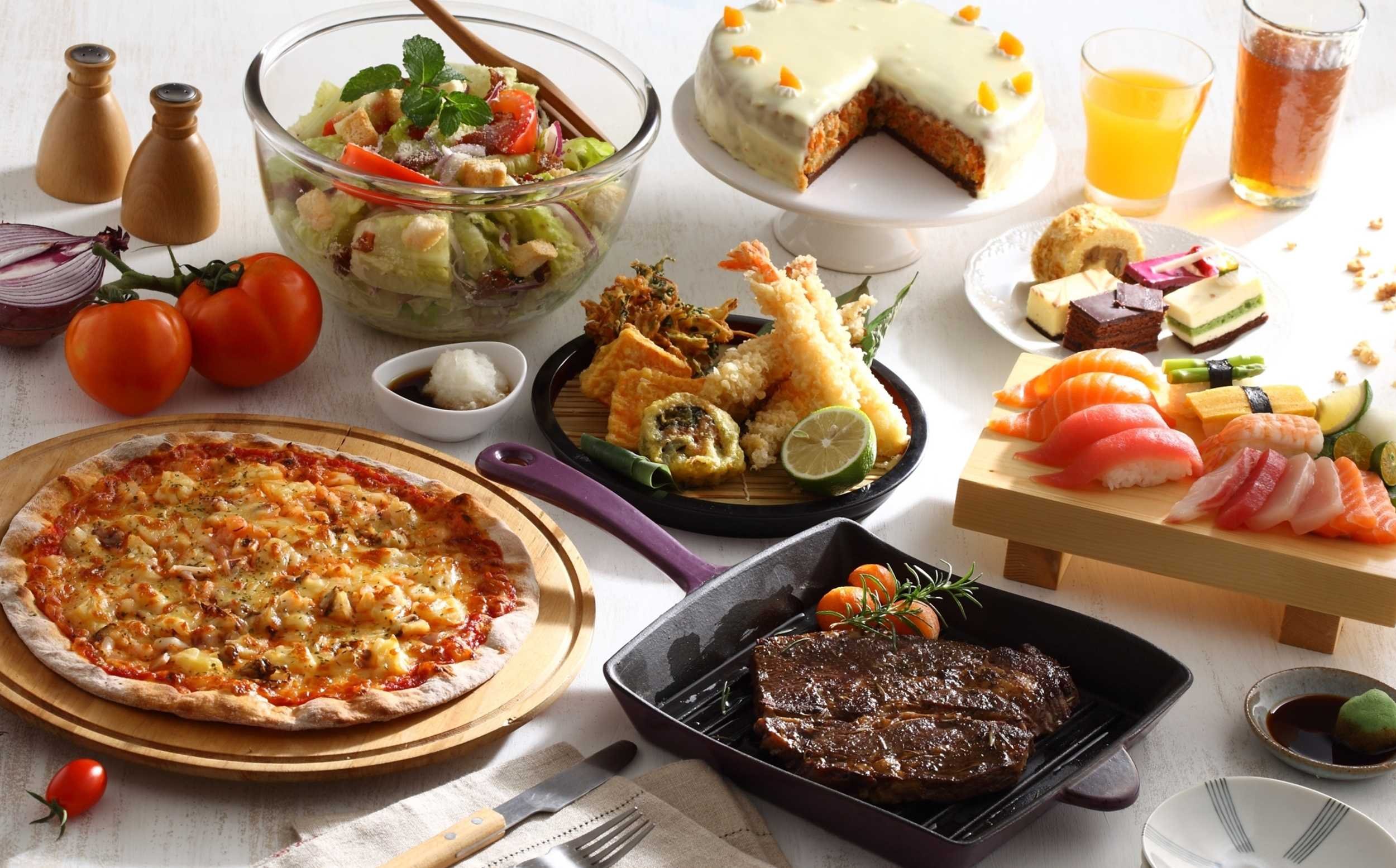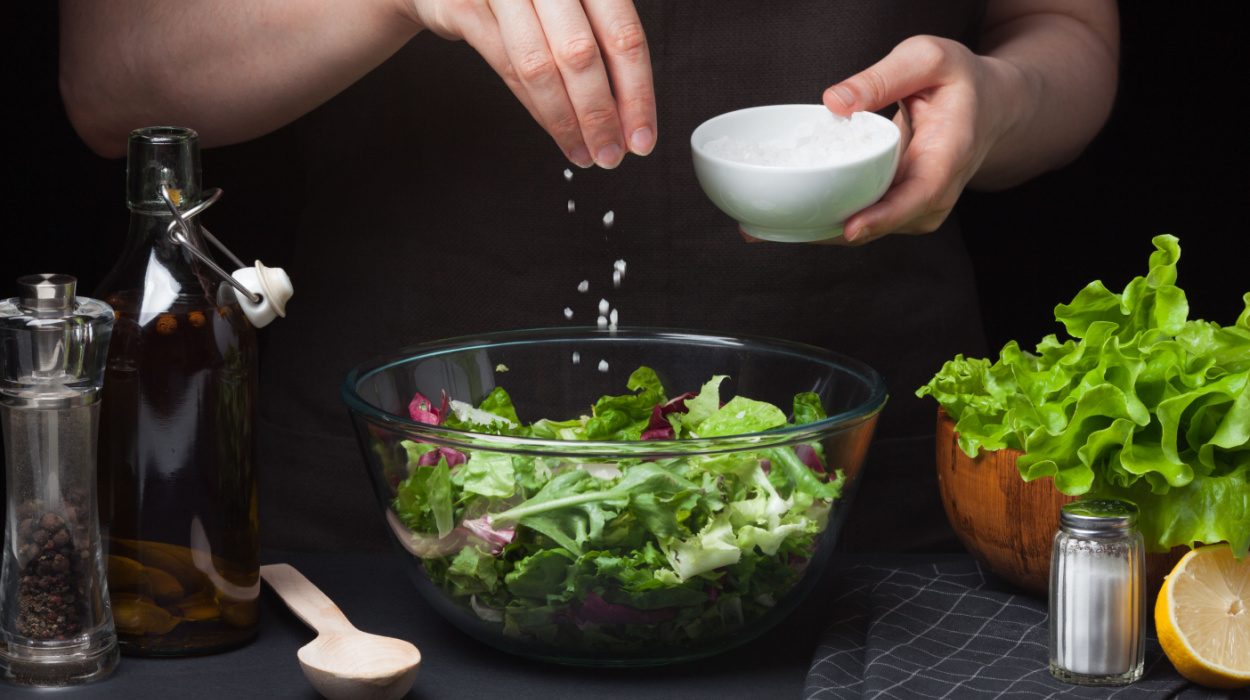There’s something magical about a home-cooked meal. It's more than just food—it’s comfort, care, creativity, and love on a plate. Whether you’re preparing a simple weeknight dinner or a special occasion feast, mastering the art of cooking at home takes more than just following recipes. It begins with thoughtful planning, choosing the right ingredients, and finishes with how you present and share the meal. Let’s dive into the secrets of crafting the perfect home-cooked meal, from start to finish.
1. Start with Intention
The best meals begin with purpose. Ask yourself: Who am I cooking for? What’s the mood I want to create? Cooking becomes more enjoyable when there’s meaning behind it. Whether you’re aiming for cozy and comforting or light and fresh, letting that intention guide your choices will help shape a harmonious and satisfying meal.
2. Choosing the Right Ingredients
High-quality ingredients are the foundation of every delicious dish. Here’s what to focus on when shopping or picking from your pantry:
A. Freshness is Key
- Choose seasonal vegetables and fruits.
- Pick meats or seafood that are firm, brightly colored, and have a clean smell.
- Use fresh herbs for bursts of flavor and aroma.
B. Don’t Overlook Pantry Staples
- Dried spices, olive oil, vinegar, and whole grains can elevate your cooking.
- Keep stocks or broths, canned tomatoes, and legumes on hand for quick flavor-building.
C. Know Your Sources
- If possible, buy from trusted local markets or small producers.
- When you can, opt for organic or sustainably grown products—not just for health, but for deeper, more vibrant flavors.
3. Planning the Meal
A well-balanced meal is all about harmony. Think about:
A. Flavor Balance
- Combine salty, sweet, sour, bitter, and umami elements.
- Use acid (like lemon juice or vinegar) to brighten flavors.
B. Texture Variety
- Mix crispy, creamy, chewy, and soft textures for interest.
- Even a garnish of toasted seeds or fresh herbs can make a difference.
C. Color and Visual Appeal
- Aim for a rainbow of ingredients—color often indicates nutritional diversity and adds visual appeal to your plate.
4. Mastering the Cooking Process
This is where preparation becomes transformation. These tips will help you move from good to great:
A. Mise en Place (Everything in Its Place)
- Prepare and measure all your ingredients before you start cooking.
- It keeps you organized and helps prevent mistakes.
B. Use the Right Tools
- A sharp knife, a good cutting board, and quality cookware make cooking safer and more enjoyable.
- Invest in a few key pieces rather than many low-quality gadgets.
C. Respect Time and Temperature
- Preheat your oven, sear at high heat, simmer low and slow—each dish has its ideal cooking style.
- Taste and adjust seasoning at every stage.
5. Creating the Atmosphere
The dining experience is as important as the meal itself. Here’s how to elevate it:

A. Set the Table with Intention
- Use real plates and cutlery, add a cloth napkin or a candle—small touches make meals feel special.
- Choose serving dishes that highlight the colors and textures of your food.
B. Play with Ambience
- Soft music, gentle lighting, and a tidy space create a welcoming mood.
- Eat without distractions—no phones, just connection.
6. Serving with Heart
How you serve your meal affects how it’s received:
A. Serve Warm and Timely
- Keep hot foods hot and cold foods cold.
- Bring everything to the table together if possible, so everyone can enjoy the full spread.
B. Embrace Imperfection
- A drip of sauce here or a slightly uneven edge there? That’s part of the charm.
- Celebrate the effort, not just the result.
7. Enjoying the Meal Together
Food is meant to be shared. The final (and most important) secret is to slow down and savor the moment:
- Listen, laugh, and linger at the table.
- Talk about the food, share memories it stirs, and give compliments freely.
- If you're dining alone, treat yourself with the same care and attention.
Final Thoughts
A perfect home-cooked meal is not about perfection. It’s about presence. When you choose good ingredients, cook with care, and serve with love, the meal becomes a meaningful experience—for you and for those around your table. With time and practice, the kitchen becomes more than a place of work—it becomes the heart of your home.
